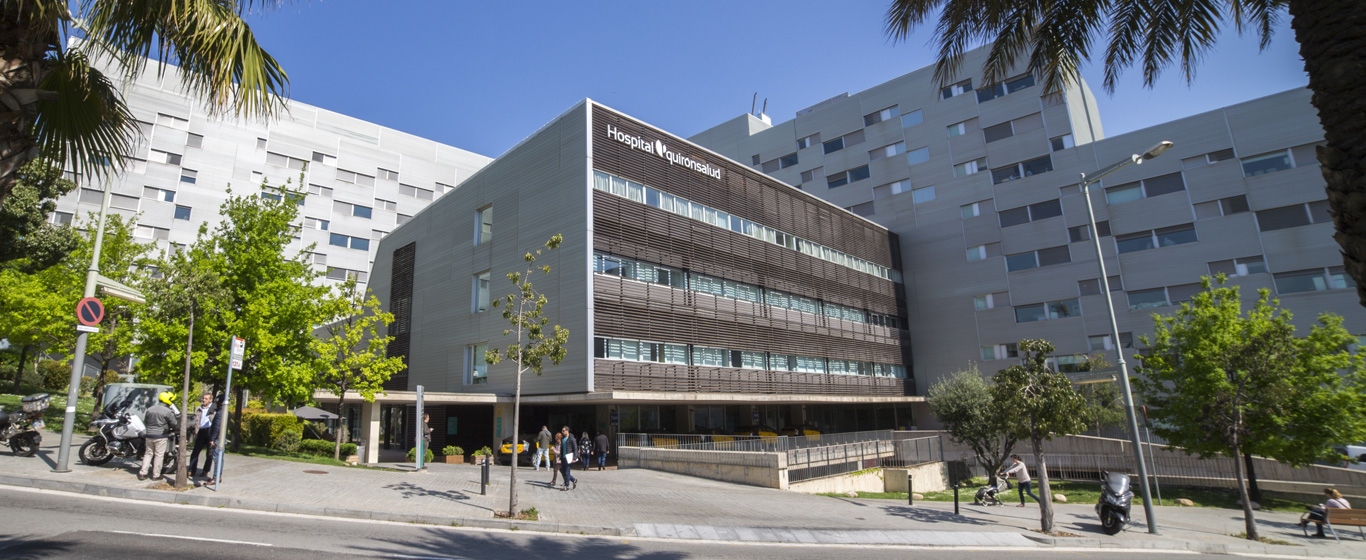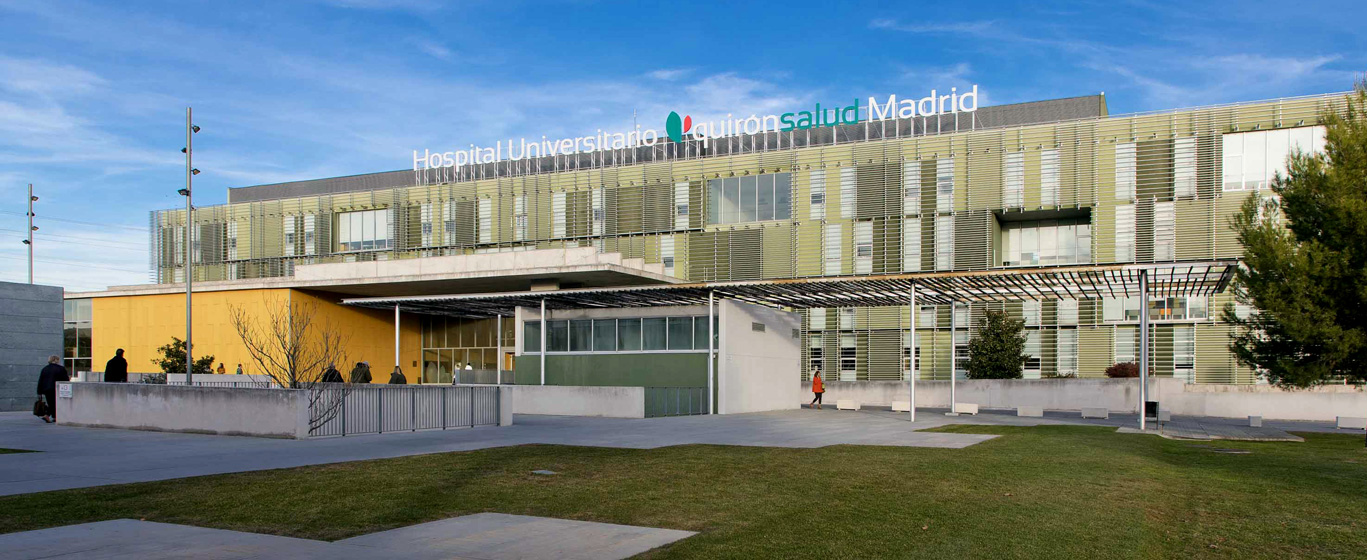Photon Counting CT
Photon counting CT is a next-generation diagnostic technique that provides images with better resolution and greater detail.

Photon counting is a type of next-generation computed tomography (CT) that provides images with more detail and better quality. This diagnostic technique allows for a more personalized and safer approach for the patient, as it reduces both the amount of radiation and contrast material administered. This advancement expands its use in pediatrics and the screening of conditions in healthy individuals.
Photon counting CT enhances image interpretation by analyzing the speed of each energy particle as it exits the body, which allows for better distinction between different tissue types.
How does it work?
Photon counting CT emits X-rays from a circular device surrounding the patient and collects the information after the photons have passed through the body structures.
Unlike conventional scanners that process all information at once, photon counting CT analyzes the data extracted from each photon individually and measures the speed at which it exits the body. This analysis of the energy with which each photon reaches the receiver device allows for better discrimination of different tissues and ultimately provides highly detailed images.
What are the benefits of photon counting?
Photon counting CT offers many advantages over traditional scanners:
- High resolution (0.2 mm compared to 0.6 mm in conventional CT) and detail.
- Greater information on tissue characteristics.
- 70% less radiation exposure compared to conventional devices.
- Reduced use of contrast material (between 20 and 30 cc compared to the 50 or 60 cc needed in conventional devices), as this equipment allows better visualization of iodine in the images.
- Greater comfort thanks to faster acquisition speeds (less than one second to obtain full-body images).
- Increased diagnostic reliability.
When is it indicated?
As a new technology recently applied in medicine, its uses are constantly expanding. Some of the current key applications include:
- Visualizing coronary arteries: Photon counting allows for the evaluation of vessel characteristics, even in patients with high levels of calcium, as it eliminates calcium from the images. Additionally, it provides the resolution needed to check the status of stents in small arteries or the nature of atherosclerotic plaques (fibrous or lipidic) inside the arteries.
- Assessing blood flow and the condition of the heart.
- Analyzing lung lesions.
- Studying small organs, especially the ear.
- Observing critical and small brain structures, such as periorbital vessels.
- Locating cerebrospinal fluid leaks.
- Checking the condition of thoracic structures: It aids in diagnosing interstitial lung disease, evaluating pulmonary blood reserve, and studying smaller bronchi.
- Visualizing the ureters and mesenteric vessels.
- Diagnosing bone lesions.
What to expect from photon counting
The procedure for a photon counting CT is similar to a conventional CT scan. The main difference is that it takes less time—just a few minutes.
This test is performed on an outpatient basis, and the patient can resume normal activities immediately afterward, as it requires no rest and produces no side effects.
To enter the scanning room, all metallic objects must be removed, and the patient should wear the gown provided by the medical center. Once lying on the stretcher, a catheter will be placed in one of the veins in the arm, which may cause a slight pinch, to administer contrast material if necessary. During the process, the patient must remain as still as possible, and the stretcher moves to enter the circular device. As it rotates around the patient, the device may produce some noise.
Photon counting CT does not require anesthesia and is not painful.
Specialties in which it is used
Photon counting is used in multiple specialties, as it can study any part of the body. Some of the most common specialties include neurology, pulmonology, digestive system, urology, cardiology, angiography, vascular surgery, oncology, and traumatology.





